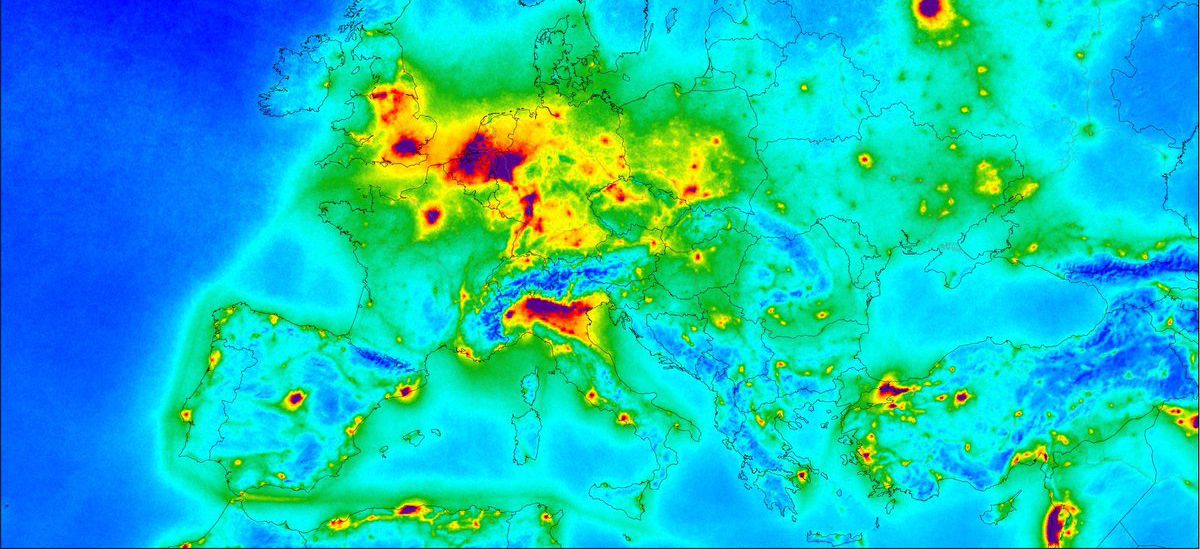Information:
This short course is an opportunity to learn about Copernicus data for Atmospheric Composition and to get examples how to develop your own workflows based on sample applications. The European Union Copernicus programme is open and free for everyone – whether from academic, government, or commercial backgrounds. The programme has an operational focus, with satellite constellations and services. Satellite data provides composition vital information on key atmospheric constituents at different spatial and temporal scales with a continuous improvements in observational spatial and temporal resolution, coverage and measured species as well as a constantly evolving added value products from the Copernicus Atmospheric Monitoring Services.
The session will be hands-on and supported by Earth Observation and Model experts to discover data, handle them and produce plots out of a sample of the Copernicus data. You will make use of a series of freely available tools specifically developed for these applications including Jupyter Notebook modules, to have an easy and intuitive way to make use of Python programming. No experience is necessary as various exercises will be provided for a wide range of skill levels and applications. It is recommended to bring your laptop along.
